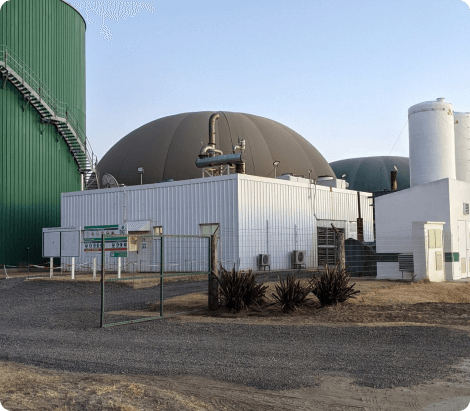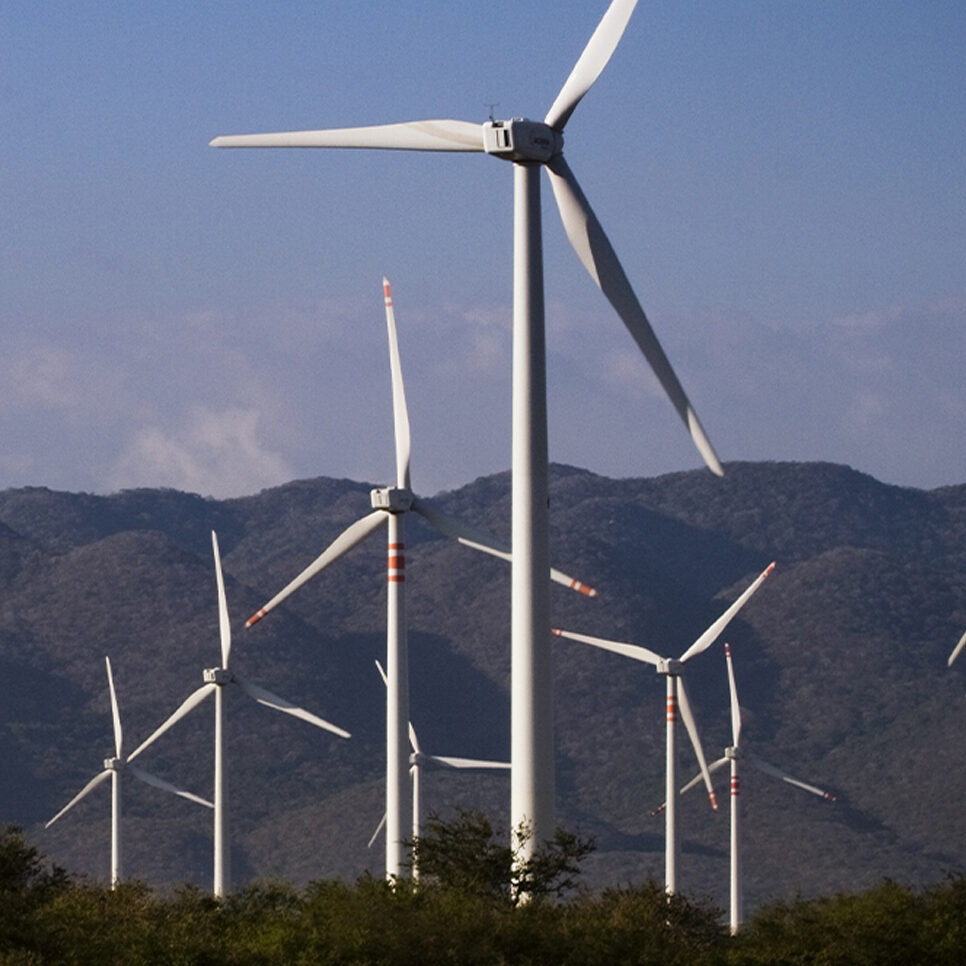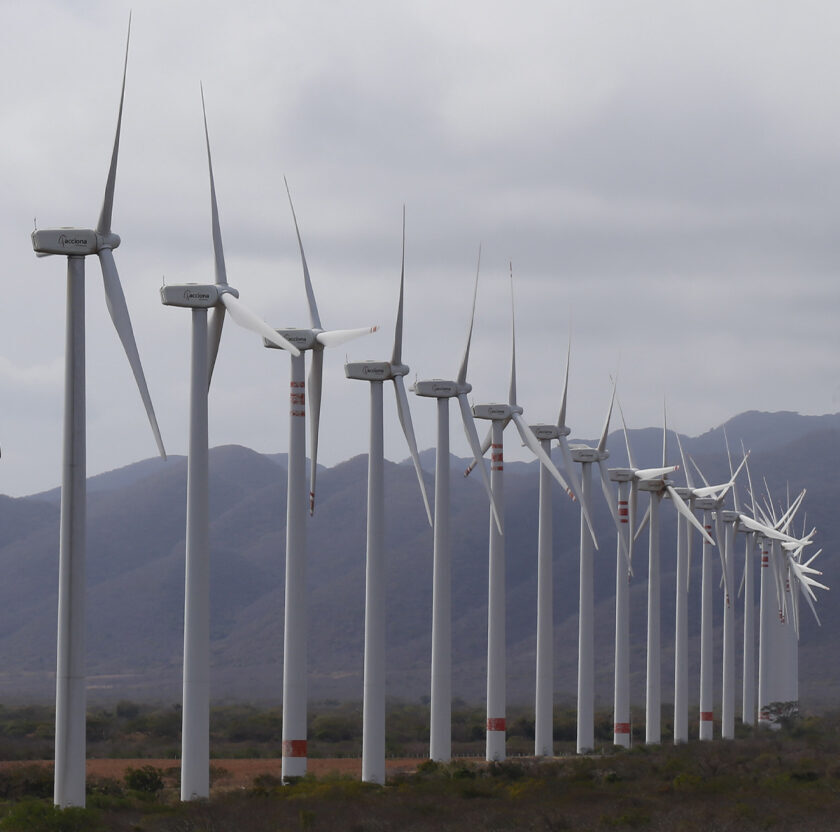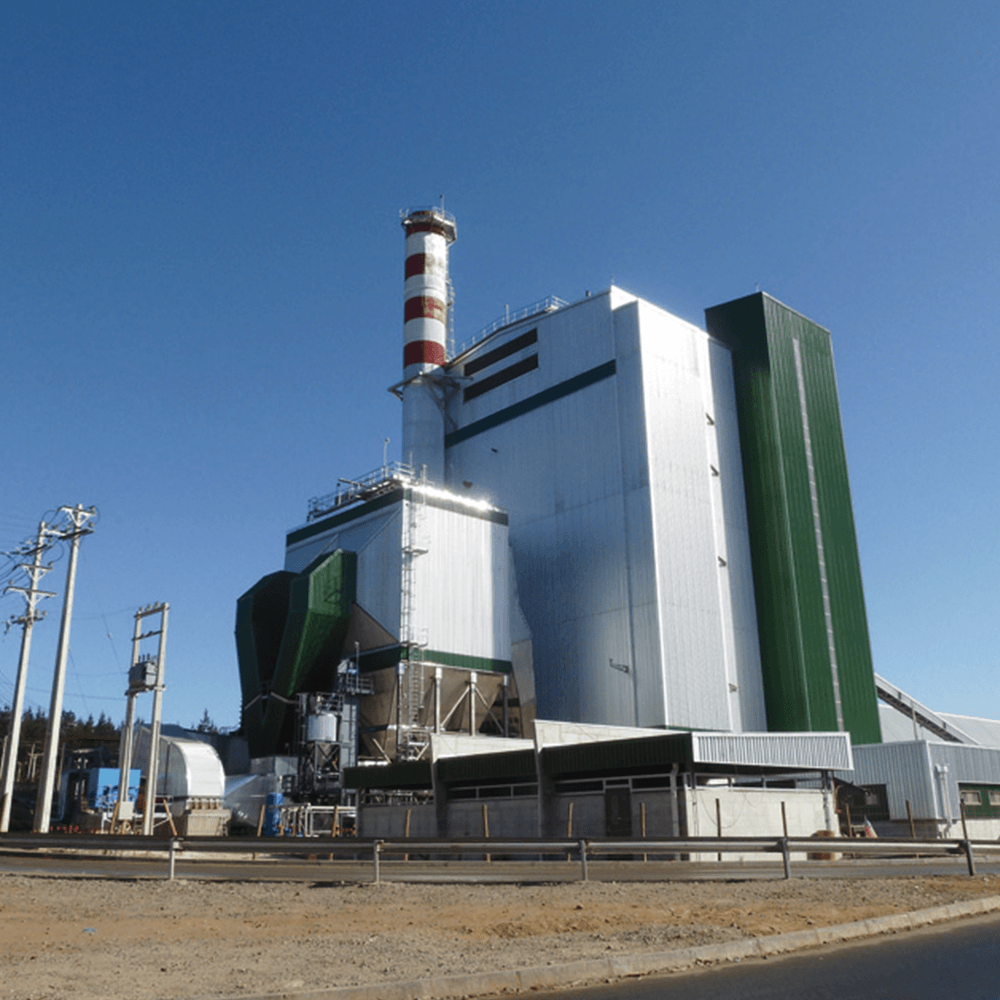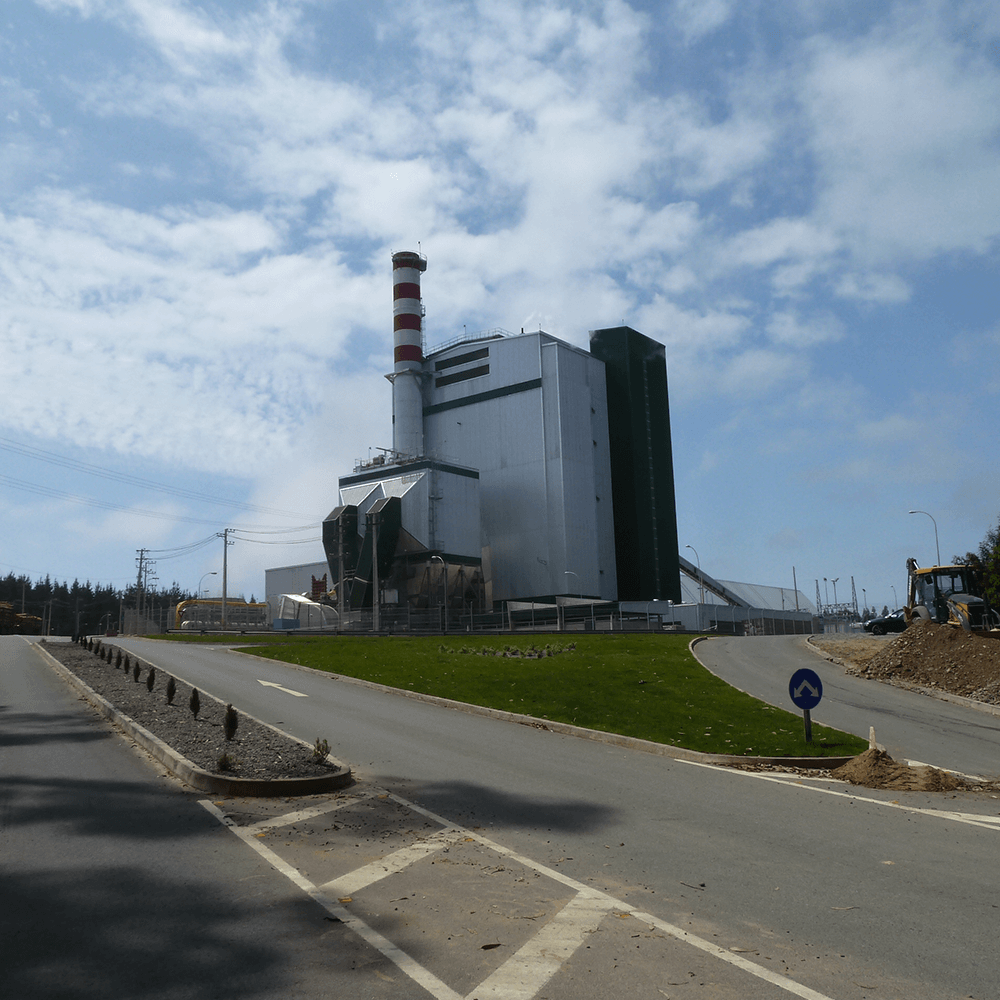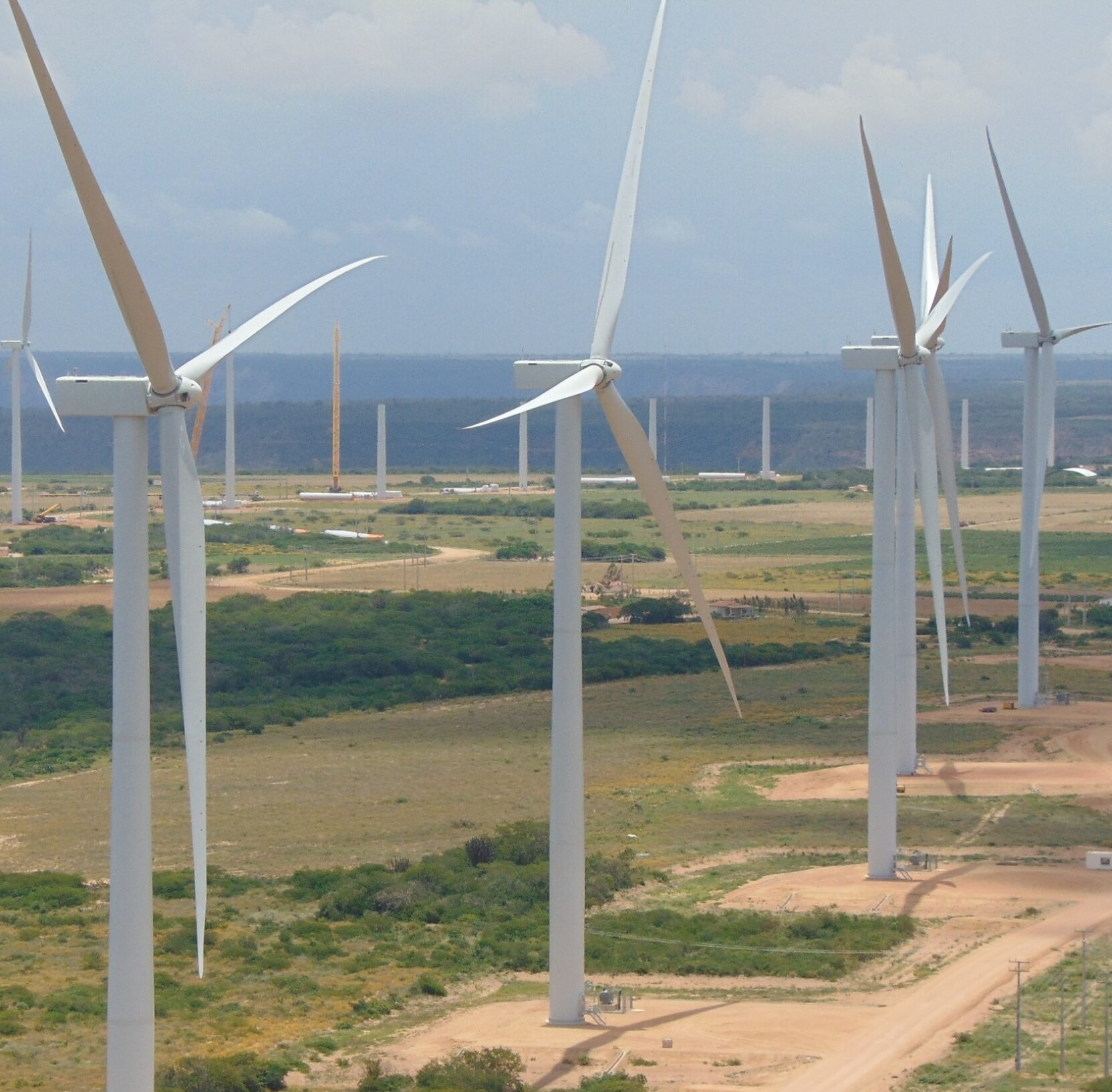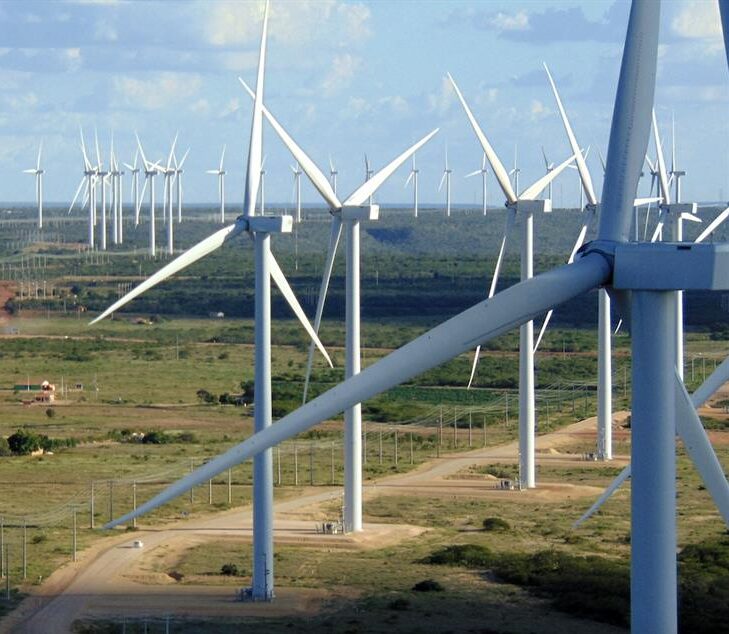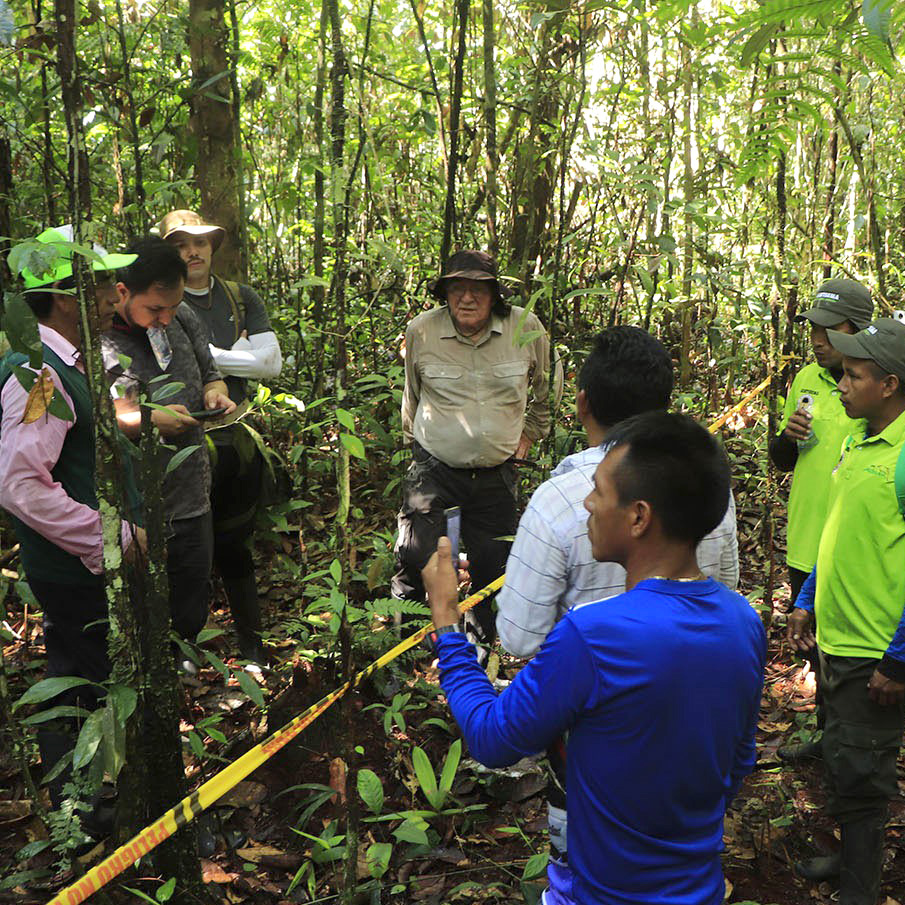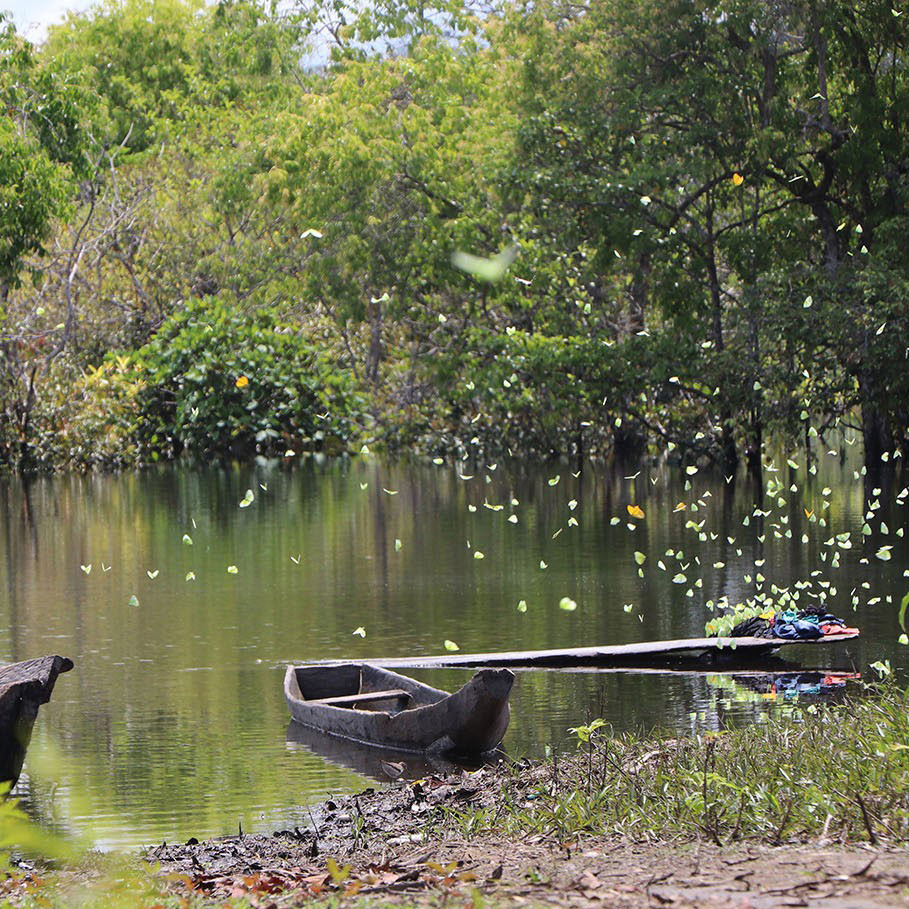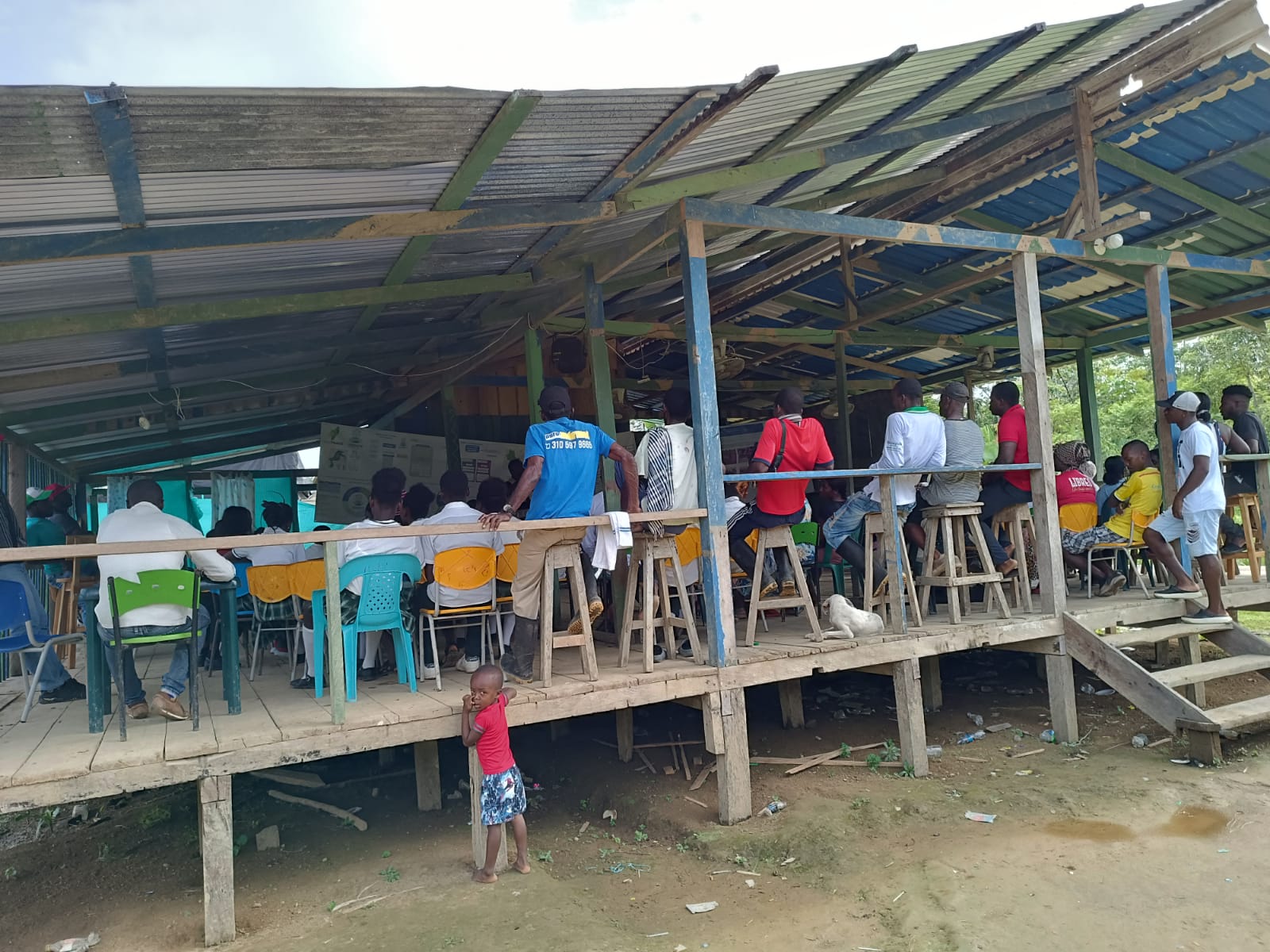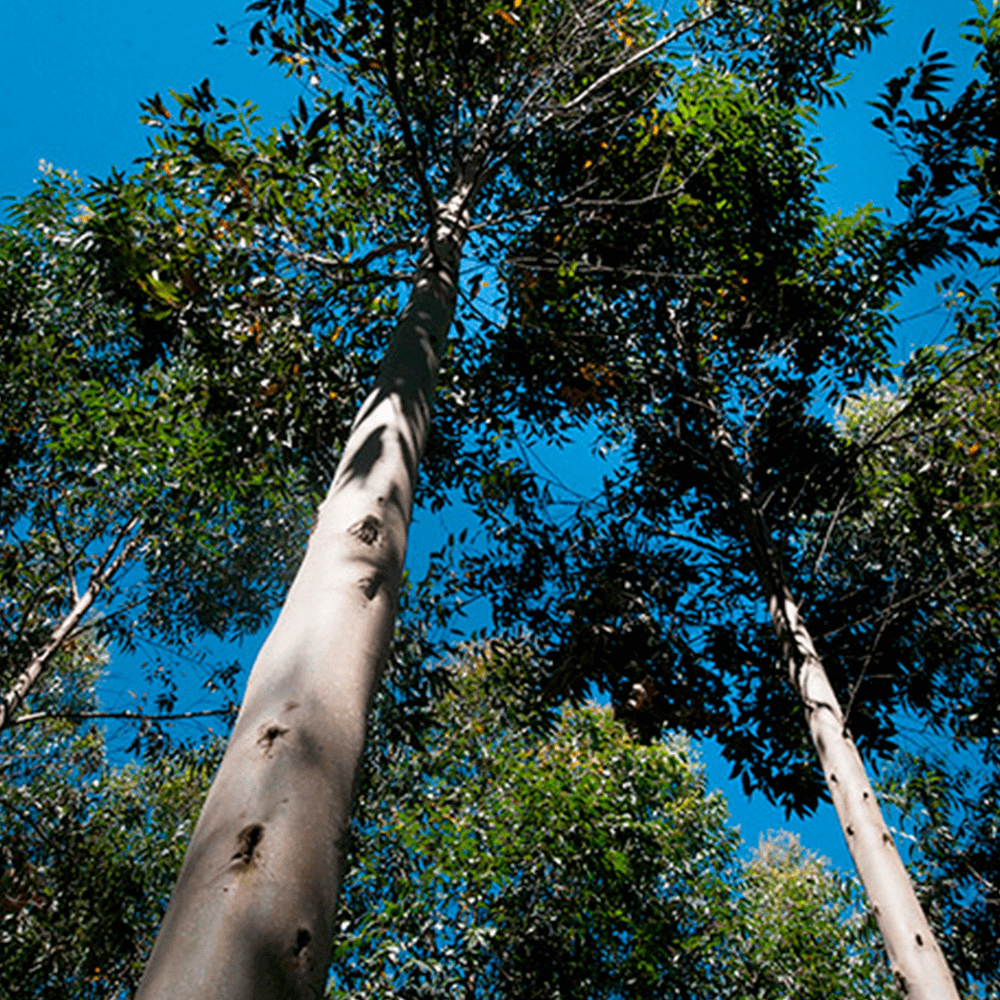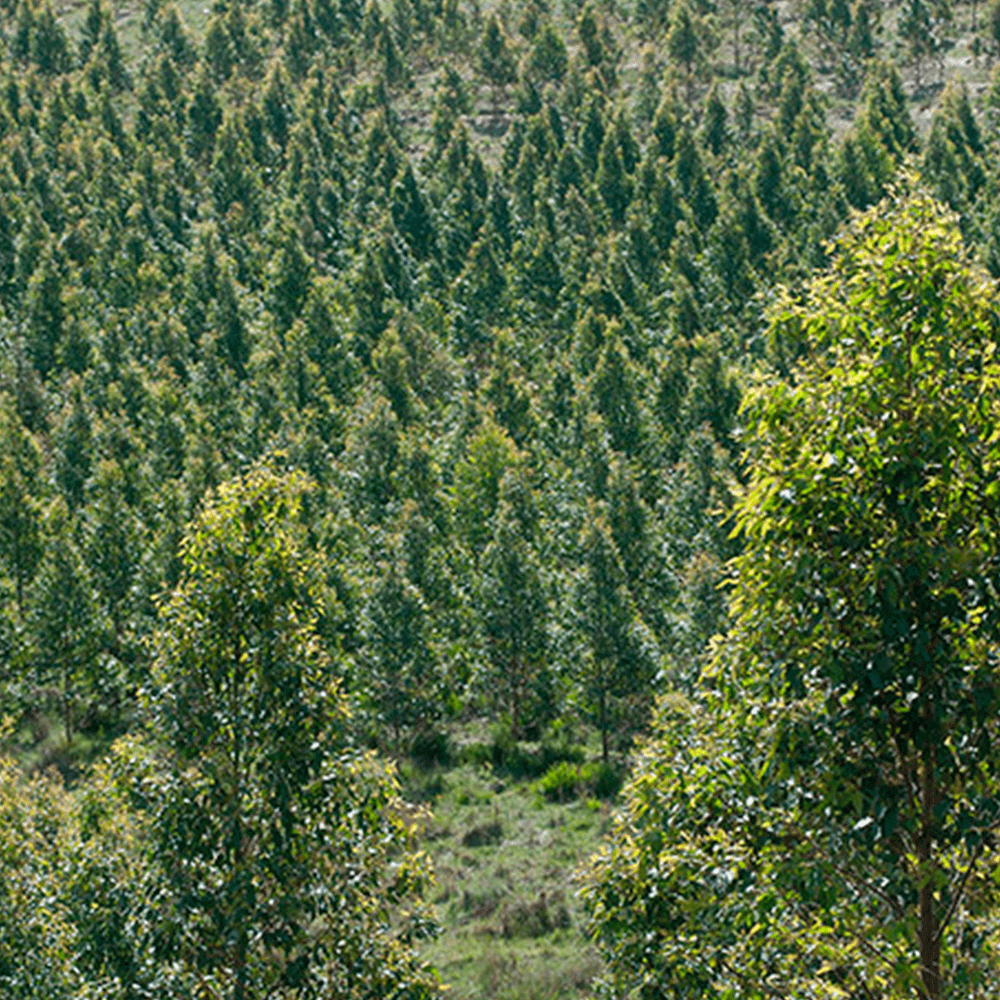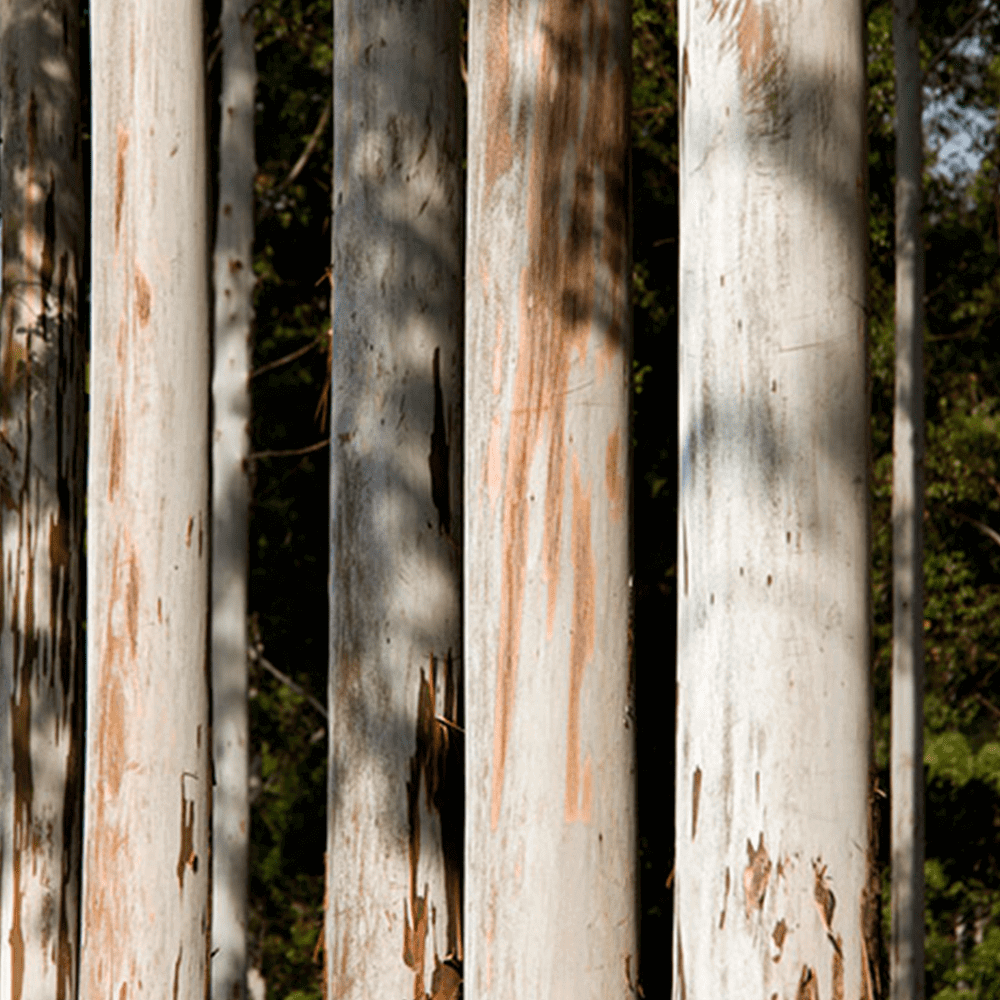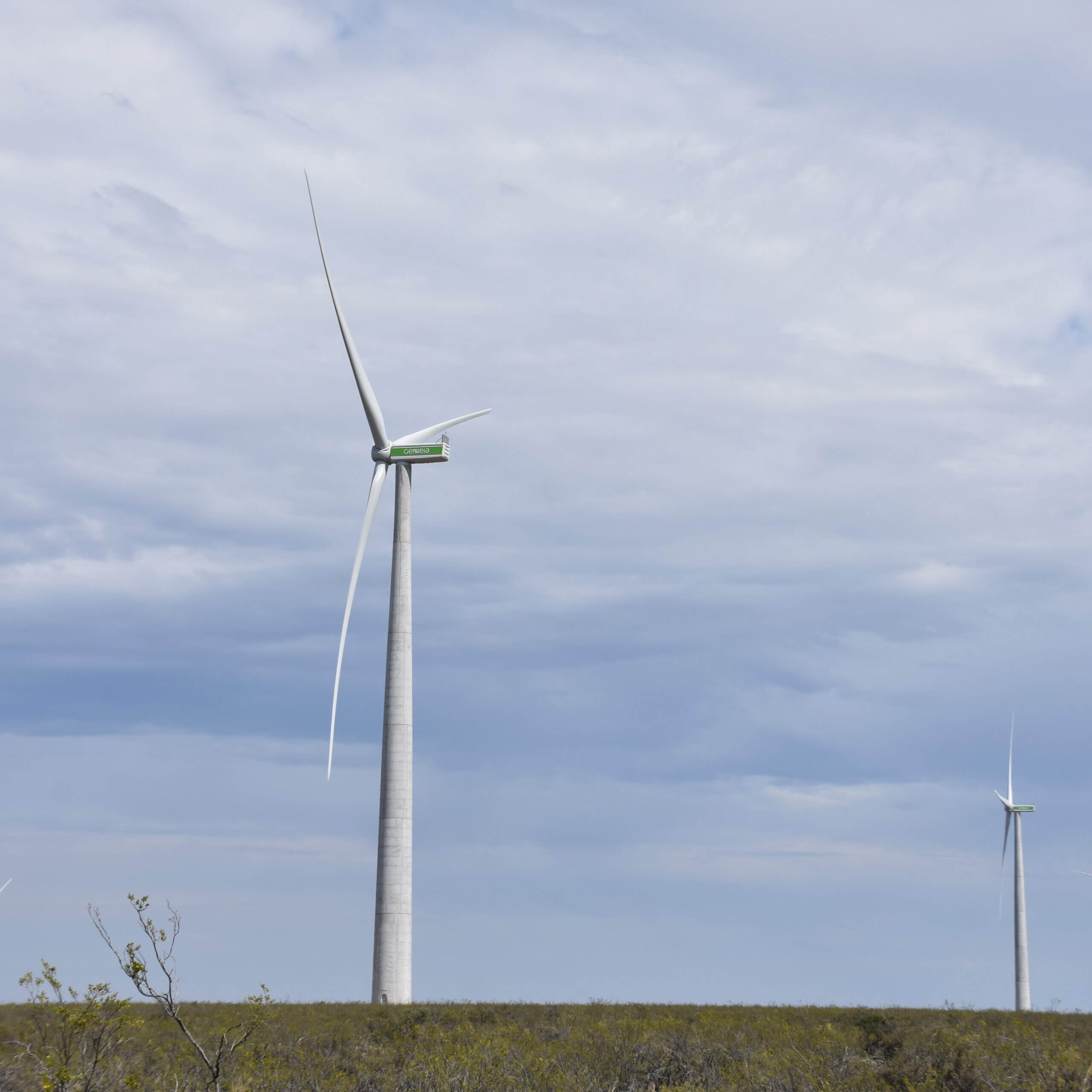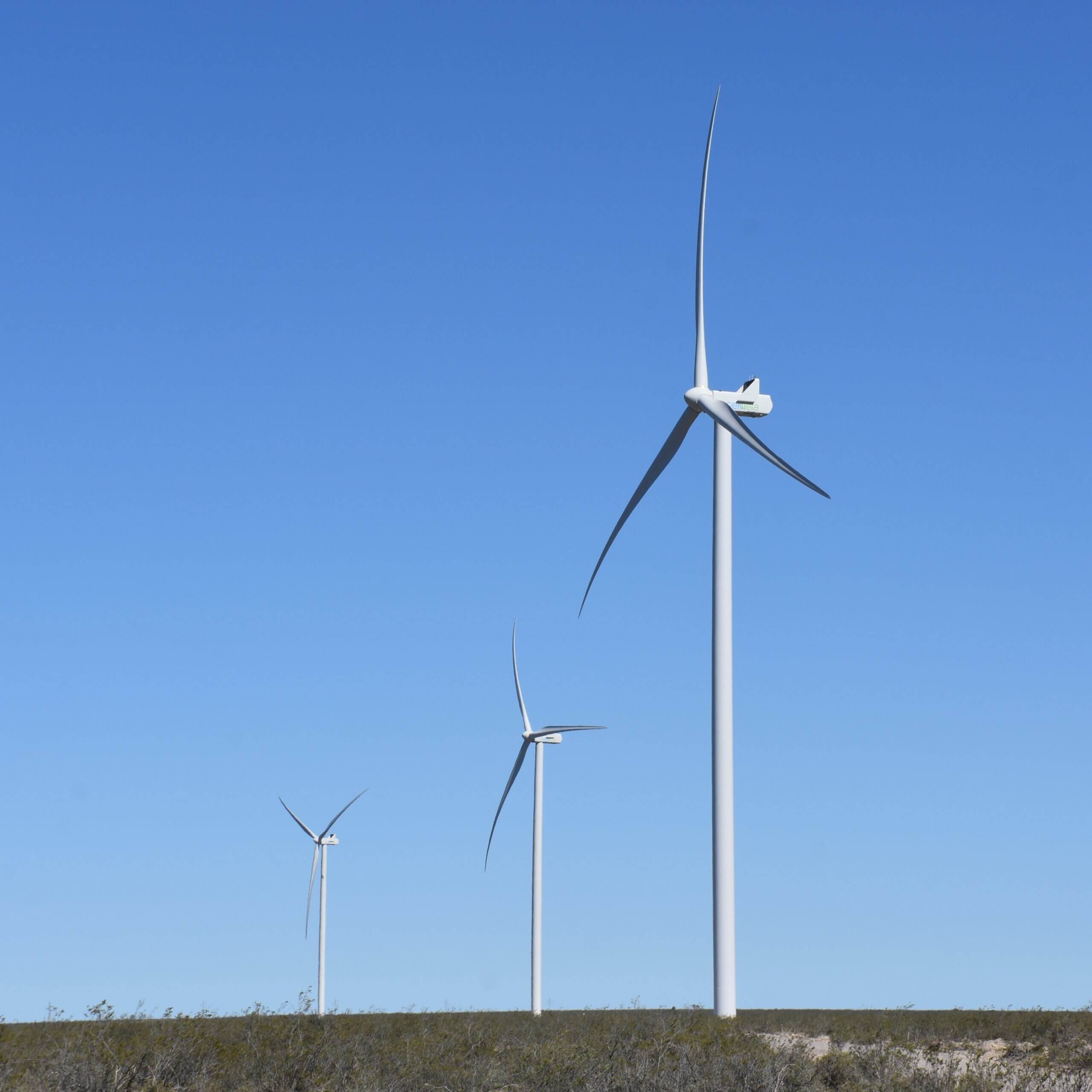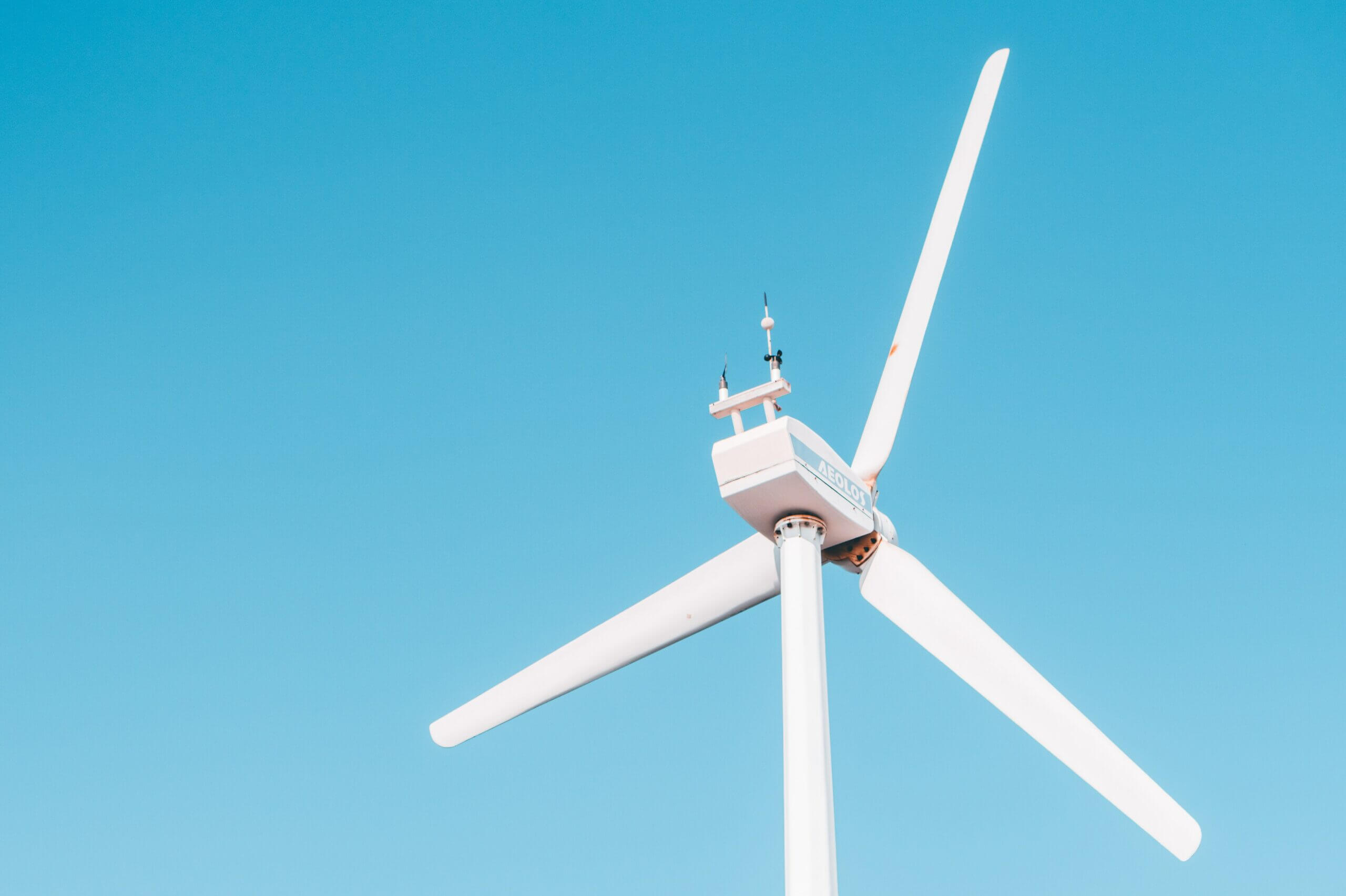
EMA: Your intelligent business broker for eCommerce
Perfect information. Intelligent decisions.

The 3 pillars of EMA
(Ecommerce Marketing Analyst)

What you can do with EMA





EMA IN 3 STEPS






Biogas Energy / Argentina
The project involves the installation and operation of a new biogas power plant from the decomposition of organic waste in Río Cuarto, Córdoba, Argentina. The electricity generated will contribute to the decarbonization of the country's electricity grid. Biogas is a renewable gas obtained from the decomposition of organic waste. Livestock and agro-industrial waste, sludge from water treatment plants and part of household waste are transformed into raw material for an energy source.
It has great benefits for the community in which it operates, since it generated direct employment for its development and operation.
Córdoba, Argentina
Energy industries
5.66 MW
Córdoba, Argentina
Energy industries
5.66 MW
Forest Protection - Ejido El Nopalillo, ASRTulancingo / Mexico
Ejido Nopalillo is located northeast of Hidalgo, Tulancingo, Mexico.
This type of project is IFM (Improved Forest Management). This involves implementing sustainable practices in existing forests to improve carbon sequestration, which includes reducing logging, reducing forest fires, and adopting sustainable monitoring and harvesting techniques. IFM projects can generate carbon credits by demonstrating the difference in carbon sequestration between current and improved forest management practices.
Tulancingo, Mexico
Compensation
Removal
Tulancingo, Mexico
Compensation
Removal
Wind farm / Argentina
The Manantiales Behr (MB) wind farm project consists of the installation of a wind power plant called Greenfield, located in the department of Escalante in the Province of Chubut, in southern Argentina. The wind power plant will be connected to the electric grid, which is part of the SADI (Argentine Interconnection System).
Net electricity generation from the Project is projected to be 502,900 MWh/year. This electricity, if not injected into the grid by the project activity, would be generated by the operation of grid-connected power plants and by the addition of new generation sources.
In this way, the project will generate greenhouse gas (GHG) emission reductions by displacing electricity that, in the baseline, would be produced by fossil fuel power plants connected to the SADI. The estimated average annual emissions reductions generated by the project over the 10-year crediting period are 251,000 tCO2e/year.
Chubut, Argentina
Renewable energy - CORSIA eligible
251,000 tCO2e per year
Chubut, Argentina
Renewable energy - CORSIA eligible
251,000 tCO2e per year
Wind farm / Chile
Wind Farm in the Coquimbo Region of Chile. The project activity involves a wind farm in the Coquimbo Region of Chile. The Wind Farm consists of 23 wind turbines with a total installed capacity of 46 MW. The project activity generates renewable energy for the Central Interconnected Power System (SIC).
The project will directly reduce greenhouse gas (GHG) emissions produced by thermal power plants that use fossil fuels currently operating in Chile and connected to the same grid (SIC). With an expected annual production of 103 GWh, the project activity will reduce emissions by 56,740 tons of CO2 per year.
Coquimbo, Chile
Renewable energy
55,740 tCO2e per year
Coquimbo, Chile
Renewable energy
55,740 tCO2e per year
OAXACA WIND POWER COMPLEX
The Ejido Nopalillo is located in northeastern Hidalgo, Tulancingo, Mexico,this type of project is IFM (Improved Forest Management). This involves implementing sustainable practices in existing forests to improve carbon sequestration, which includes reducing logging, forest fires and adopting sustainable monitoring and harvesting techniques.
IFM projects can generate carbon credits by demonstrating the difference in carbon sequestration between current and improved forest management practices.
Departamentode Vichada, Colombia
Flora and fauna preservation
3,622,352 tCO2e per year
Tulancingo, México
Wind energy
Direct carbon removal via reforestation and sustainable management
Viñales Biomass Power Plant
Clean energy generated by a new biomass power plant displaces energy created by more carbon-intensive methods, thereby reducing greenhouse gas emissions.
This new biomass power facility uses waste biomass from nearby sawmills and forestry operations to generate renewable electricity for the local grid, contributing to sustainable economic growth in Chile.
The proposed project activity helps Chile's sustainable growth by providing electricity to the Viñales sawmill and the local grid through renewable biomass power generation.
Benefits the community at large by converting a waste product into a means of cogeneration of heat and renewable energy.
Departamentode Vichada, Colombia
Flora and fauna preservation
3,622,352 tCO2e per year
Chile
Flora and fauna preservation
3,622,352 tCO2e per year
VTRM RENEWABLE ENERGY
VTRM RENEWABLE ENERGY is a grouped project consisting of the implementation and operation of wind power plants (WPP) in Brazil. This group of projects is based on the implementation and operation of wind power plants in Brazil. It consists of the installation of greenfield renewable energy generation connected to the grid. The relevant socio-economic and environmental co-benefits of this project are presented to reflect important actions carried out in conjunction with the power generation.The clean, renewable electricity supplied to the Brazilian Interconnected System by the project provides important contributions to environmental sustainability by avoiding carbon dioxide emissions that would otherwise have occurred.
The project generates extra income for landowners while continuing to use the area for other activities, increasing and diversifying land productivity. It stimulates the regional economy by increasing local government tax revenues and creating direct and indirect employment opportunities for local workers and service providers.
Departamentode Vichada, Colombia
Flora and fauna preservation
3,622,352 tCO2e per year
Brazil
Wind Energy - CORSIA Eligible
211,000 tons of CO₂.
REDD+ JIGRANTU Project
The JIGRANTU REDD+ Project is being developed in the Colombian Pacific within the boundaries of the Community Councils of La Grande (13,252 ha), Río Jiguamiandó (51,504 ha) and Turriquitadó (9,256 ha) with a total of 74,012 ha of which 68,899 ha correspond to eligible forest for the project.
The main objective of the project is to environmentally and culturally conserve the territory of the councils, through the consolidation of self-government, the strengthening of traditional knowledge, actions for sustainable development, and the monitoring and control of the territory, in order to improve the quality of life of the communities that inhabit it during the duration of the project (30 years).
Departamentode Vichada, Colombia
Flora and fauna preservation
3,622,352 tCO2e per year
Departamentode Vichada, Colombia
Flora and fauna preservation
3,622,352 tCO2e per year
Forests of Uruguay
A project that sustainably develops pine and eucalyptus plantations to produce wood for sawmilling, pulp and energy for the Uruguayan and international markets.Bosques del Uruguay is a project that promotes sustainable forest management, with FSC (Forest Stewardship Council) certification and carbon capture under the VCS (Verified Carbon Standard).it is located in the west-central region of Uruguay, on land with degraded pastures that used to be used for extensive cattle ranching, limiting the potential socioeconomic development of the region. Today, forestry and livestock practices are integrated, generating productive and environmental synergy.since 2011, Agroempresa Forestal has been developing and operating four forestry investment trusts.
The project contributes to the sustainable development of Uruguay by creating new quality job opportunities in the region and improving the provision of local services and infrastructure. In this way, it promotes the diversification of activities and decentralization to less productive areas of the country. It also contributes to the preservation of biodiversity and the improvement of soil quality.
Departamentode Vichada, Colombia
Flora and fauna preservation
3,622,352 tCO2e per year
Uruguay
Forest conservation for emission offsets
56,000 tn
Winds Projects
The project consists of the implementation of six wind farms located in different regions of Argentina: Pomona I & II, Villalonga I & II, Chubut Norte I & II. The implementation of these instances of the project ensures energy security, diversification of the grid generation mix and the and sustainable growth of the electricity sector.
The project consists of the installation of 71 wind turbines supplied by Vestas and Nordex, with a total installed capacity of 223.38 MW. total installed capacity of 223.38 MW and an expected generation of 900.5 GWh per year. In the baseline scenario, the power to be delivered to the grid is generated by a combination of thermal and renewable generation, as reflected in the combined margin emissions factor. Therefore, the project will reduce thermal power generation and GHG emissions from fossil fuel generation on the grid by increasing the share of renewable energy generation.
As a result of the implementation of the project activity, GHG emissions will be reduced annually by approximately 440,348 tCO2 per year.
The project consists of the implementation of six wind farms located in different regions of Argentina: Pomona I & II in the province of Rio Negro, Villalonga I & II in the province of Buenos Aires, and Chubut Norte I & II in the province of Chubut.
Departamentode Vichada, Colombia
Flora and fauna preservation
3,622,352 tCO2e per year
Chubut, Argentina
Wind farm / Argentina
251,000 tCO2 per year
Behr Wind Farm Springs
The Manantiales Behr (MB) wind farm project consists of the installation of a wind power plant called Greenfield, located in the department of Escalante in the Province of Chubut, in southern Argentina. The wind power plant will be connected to the electric grid, which is part of the SADI (Argentine Interconnection System).
Net electricity generation from the Project is projected to be 502,900 MWh/year. This electricity, if not injected into the grid by the project activity, would be generated by the operation of grid-connected power plants and by the addition of new generation sources. In this way, the project will generate greenhouse gas (GHG) emissions reductions by displacing electricity that, in the baseline, would be produced by fossil fuel power plants connected to the SADI. The estimated average annual emissions reductions generated by the project over the 10-year crediting period are 251,000 tCO2e/year.
Departamentode Vichada, Colombia
Flora and fauna preservation
3,622,352 tCO2e per year
Chubut, Argentina
Wind farm
251,000 tCO2 per year
REDD+ Matavén Rainforest / Colombia
This project seeks to mitigate climate change, protect the rich biodiversity and generate sources of income for local communities through forest governance, capacity building and productive activities that avoid selective logging of native forests, preventing degradation and deforestation.
The area is an important region for its abundant biodiversity due to the diversity of landscapes and habitats served by approximately 16,000 indigenous people.
It is an initiative designed to promote climate change mitigation and adaptation, the conservation of local forests and the maintenance of biodiversity, contributing to Colombia's social and economic development.
Departamentode Vichada, Colombia
Flora and fauna preservation
3,622,352 tCO2e per year
Departamentode Vichada, Colombia
Flora and fauna preservation
3,622,352 tCO2e per year















